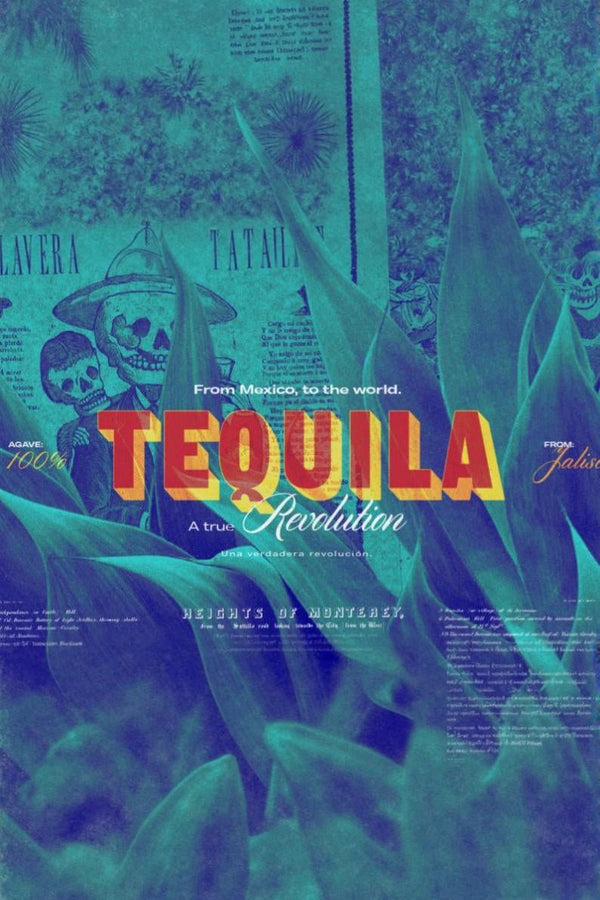The Minerality of Wine

Does chardonnay really taste like a river rock? The term minerality has been tossed around quite a bit in the sommelier’s vocabulary. In fact, it pervades all aspects of wine; found in wine descriptions and on the lips of winemakers and critics alike. But what does it actually mean? If you are new to the concept, it can seem a bit disorienting. How does one identify certain mineralities in wine?
Minerality in General
The word “minerality” has no real definition. It is not in the dictionary, yet is used quite often in the wine industry to describe characteristics of wines that aren’t fruity, spicy, earthy, etc. One idea is that the term originates from the theory that the rocks and minerals where the vines are grown somehow creep into the grapes before they are plucked; providing characteristic flavors depending on region.
There is no formal research proving that any actual minerals from river rocks, slate, or chalk make their way into the grapes during growth. This does not stop winemakers and restauranteurs alike from describing the wines which come from certain areas as having a high minerality. The idea has gained ground, and many people do believe that qualities from the soil get into the grapes. One thing is certain: Minerality is a thing. We just don’t know exactly what type of thing it is yet.
Defining Minerality
Often, the term is simply used to describe a very certain, yet unknown flavor appeal. Some have described minerality as a “dry, stony acidity” or a “flat, dry rain” quality. As the word gains popularity, we begin to find a definition. One premier wine director said that when his customers are asking for minerality, he has learned that they mean “wines with a lot of acidity but without a lot of fruit or new oak” qualities to them. This is as close to a definition as it can get.
Types of Mineralities
There seems to be a few distinct classes of mineralities in wine. This is based on location or type of wine, and there are slight variations.
• Chalk Minerality – These wines tend to be very dry and reminiscent of schoolhouse chalk. Dry Champagnes or Bruts are said to have chalky mineralities. Some chardonnays from California are describes this way, as well as Italian wines such as Chianti and Barolo.
• Slate Minerality – Slate minerality is less dry than chalk, but adds a certain earthy quality to the minerality. Slate minerality is often associated with rielsing.
• River Stone Minerality – The wet, gritty taste of a granite river stone is said to be found in the profile of chardonnays, sauvignon blanc, and pinot noir.
• Limestone Minerality – A buzzy acidity is used to describe limestone minerality; and it is most often associated with Chablis.
Minerality Usage
Popularity of the term seems to have risen in the last decade or so, and it is used to describe many different wines with different formulas – so there is no one type of wine which has pure mineral qualities. There is also no way of knowing where in the process this minerality is generated. It could be during harvest, the fermentation process, or bottling. Even the choice of a cork or a screw cap could add to the idea of minerality in wine by restricting the flow of oxygen to the bottle.












